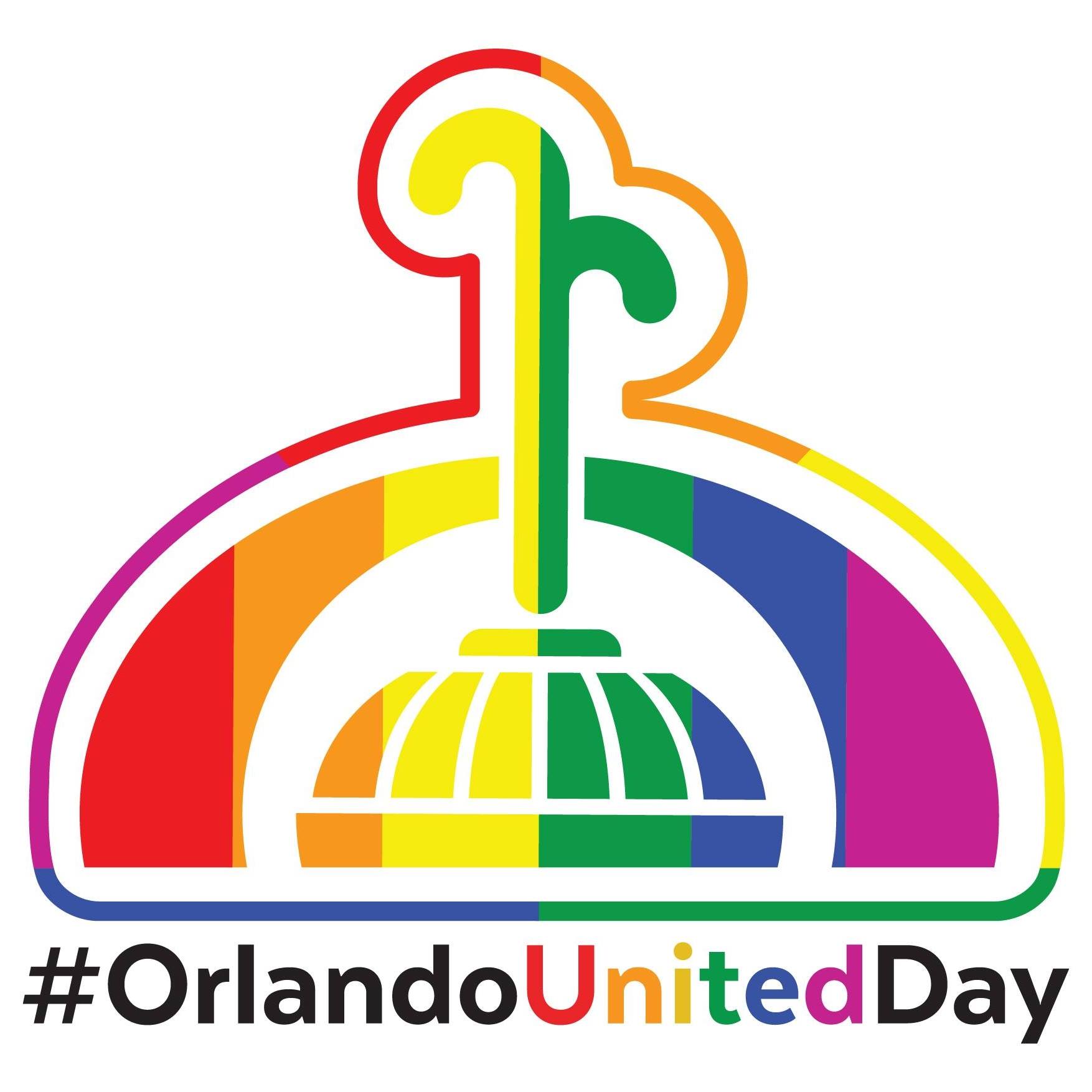The City of Orlando’s history dates back to 1838 and the height of the Seminole Wars. The U.S. Army built Fort Gatlin south of the present day Orlando City limits to protect settlers from attacks by Indians.
By 1840, a small community had grown up around the Fort. It was known as Jernigan, named after the Jernigan family, who had established the first permanent settlement in the area. Jernigan had a post office, established May 30, 1850.
Six years later with the settlement expanding northward, the community officially changed its name to Orlando. In 1857, the U.S. Post Office adopted the name change. The Town of Orlando was incorporated in 1875 with 85 inhabitants, 22 of whom were qualified voters.
History is not as clear on where the name Orlando originated. There are four stories that are told. One involves Judge James Speer, who worked hard in getting Orlando as the county seat, naming Orlando after a man who once worked for him. Another is that Speer named it after a character from Shakespeare’s, “As You Like It”.
A third version has Mr. Orlando on his way to Tampa with a caravan of ox. It is said that he got ill, died and was buried, and that folks would come by and say, “There lies Orlando”
The final theory is about a company of soldiers on duty during the height of the Seminole Wars. After battling Indians back into the swamps on the east side of Lake Minnie (now Cherokee), the military troop settled there for the night. Sentinel Orlando Reeves was guarding the camp when he spotted a log floating toward him. Recognizing the Indian disguise and wanting to warn his fellow soldiers, he fired his gun.Arrows felled the poor fellow as the Indians came out to ambush the camp. The Indians were chased back again, and the south side of Lake Eola was chosen to bury Orlando Reeves.
Sorry, no records were found. Please adjust your search criteria and try again.
Sorry, unable to load the Maps API.



